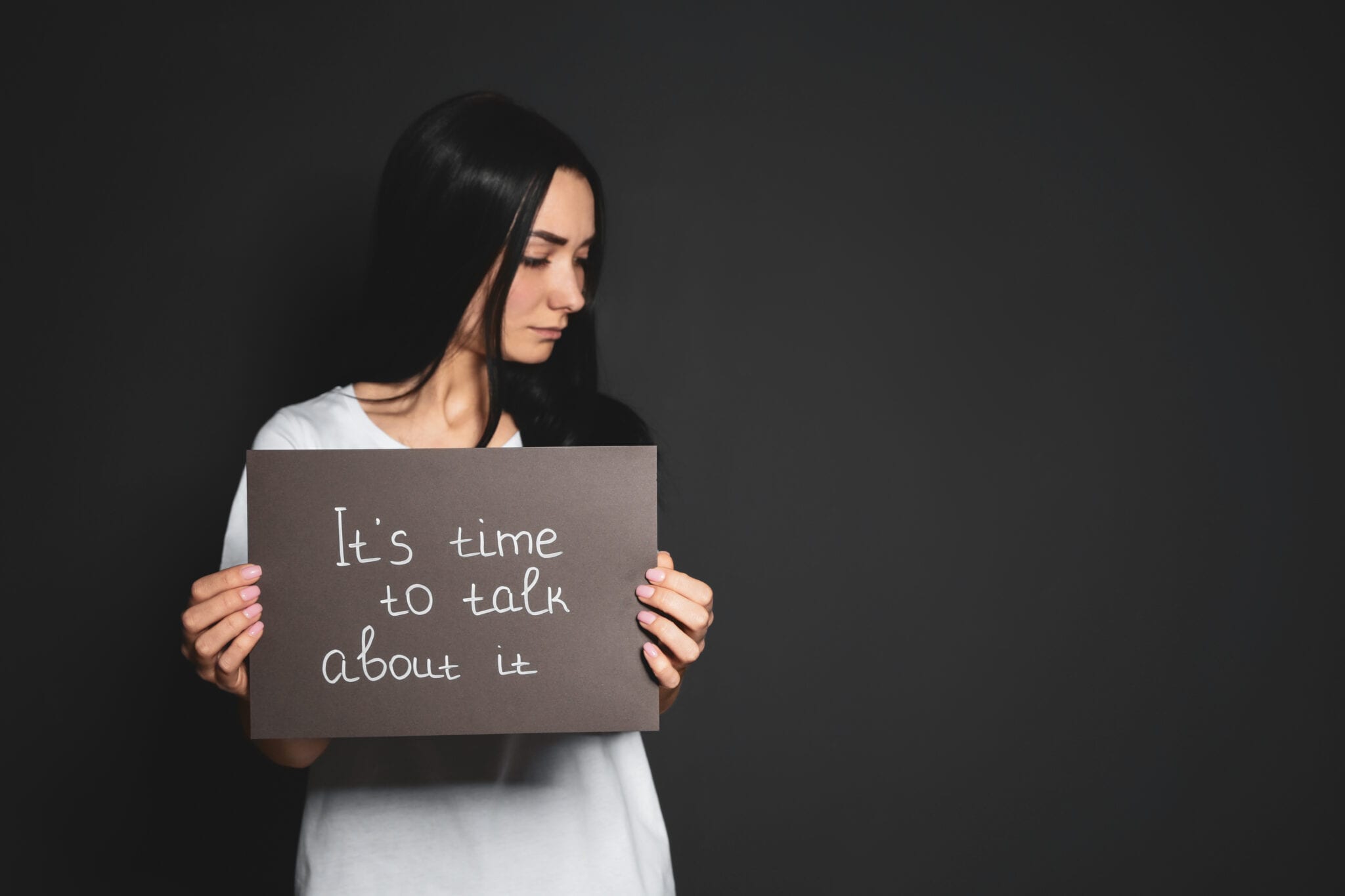
The Intersection Between Youth Homelessness and Human Trafficking
“I was homeless and forced into trafficking at 18. I bounced from friend to friend and shelter to shelter. I became a mother, got my first apartment, and also got evicted at 19. Despite my efforts to build a brighter future for myself and my daughter [earned an associate’s degree and got a stable job], I am still always denied housing because of my past. I feel as though I am left with the dilemma of living with an abuser or living in various unstable housing situations. Do I really have a choice? Or is youth homelessness and trafficking truly a never-ending cycle?”
—Sherry, NN4Y National Youth Advisory Committee Member
According to research, an estimated 4.2 million young people (ages 13-25) experience homelessness annually, including 700,000 unaccompanied minor youth ages 13 to 17. Many of those young people will become victims of sex or labor trafficking. Research from numerous studies have found trafficking rates among youth experiencing homelessness ranging from 19% to 40%. Using the lower-end estimate of 1 in 5 youth experiencing homelessness also being trafficked for sex, labor, or both, this means that approximately 800,000 youth who experience homelessness are also survivors of trafficking. We also know that both homelessness and trafficking occurs in every American community– inclusive of cities, suburbs, rural communities, and American Indian Reservations.
If you think about the pathways to sex and labor trafficking and you understand the pathways to homelessness for young people, you realize that they are very similar- marked by trauma and being in vulnerable situations. Some youth experiencing homelessness are more vulnerable to trafficking than others and interviews with these youth illustrate some common themes:
- Lack of basic needs, such as not having a safe place to sleep at night, often play a role in their trafficking experiences.
- Early trauma, such as homelessness and exploitation begin early, often well before age 18.
- LGBTQ+ youth are particularly vulnerable and experience trafficking at higher rates than other youth experiencing homelessness.
- Youth who have been in foster care also experience trafficking at higher rates than other youth experiencing homelessness.
- Youth experiencing homelessness who have also been victims of sex trafficking are more likely to have mental health and substance use issues, to have experienced physical and emotional abuse by parents or guardians, and to have a history of sexual abuse.
Serving Youth Experiencing Homelessness Prevents Human Trafficking + Increases Support to Survivors of Trafficking
Youth experiencing trafficking – sex, labor, or both – don’t often disclose this when they show up to a community-based youth program for services. Many youth providers only find out a young person is a survivor of trafficking months after they are in the program. What this demonstrates is the need for an open-door approach to serving youth experiencing any form of homelessness or trafficking–whatever need or issue the young person identifies themself. Such an approach, coupled with bold investments, would dramatically reduce the prevalence and long-term consequences of both youth homelessness and human trafficking.
The pathways from homelessness to trafficking can and should be disrupted with policy and practice changes, including cross-sector collaboration and increased resources at all levels of government. If the Runaway and Homeless Youth Act, the only federal program targeted to identifying and serving youth and young adults experiencing any form of homelessness, was funded at more than $136 million per year, the US could make real progress in dramatically reducing both youth homelessness and human trafficking. Providing comprehensive services and housing options to youth who need it removes youth from situations that make them vulnerable to trafficking AND also increases communities’ capacity to serve survivors of trafficking. Not all survivors need or want a trafficking specific program, mainly they want someone who genuinely cares about their wellbeing and safety, with safe housing options, and opportunities to heal from trauma and achieve their full potential through access to education and employment. You can read all of our recommendations in, Responding to Youth Homelessness: A Key Strategy for Preventing Human Trafficking.
The limited investment in our young people can and must change. NN4Y is actively advocating for increased investment at the federal level so that more than $33 per youth per year is provided to our young people in need. We are also working to improve the Runaway and Homeless Youth Act by advocating for the passage of the Runaway and Homeless Youth and Trafficking Prevention Act. Join us in our advocacy and get involved by visiting www.nn4youth.org.
Darla Bardine is the Executive Director of the National Network for Youth (NN4Y). For 45 years, NN4Y has been working to prevent and eradicate youth homelessness in America. As a public education and policy advocacy organization, we work at the federal, state, and local levels to accelerate the national response and community’s progress in ending homelessness and human trafficking among young people. www.nn4youth.org.
